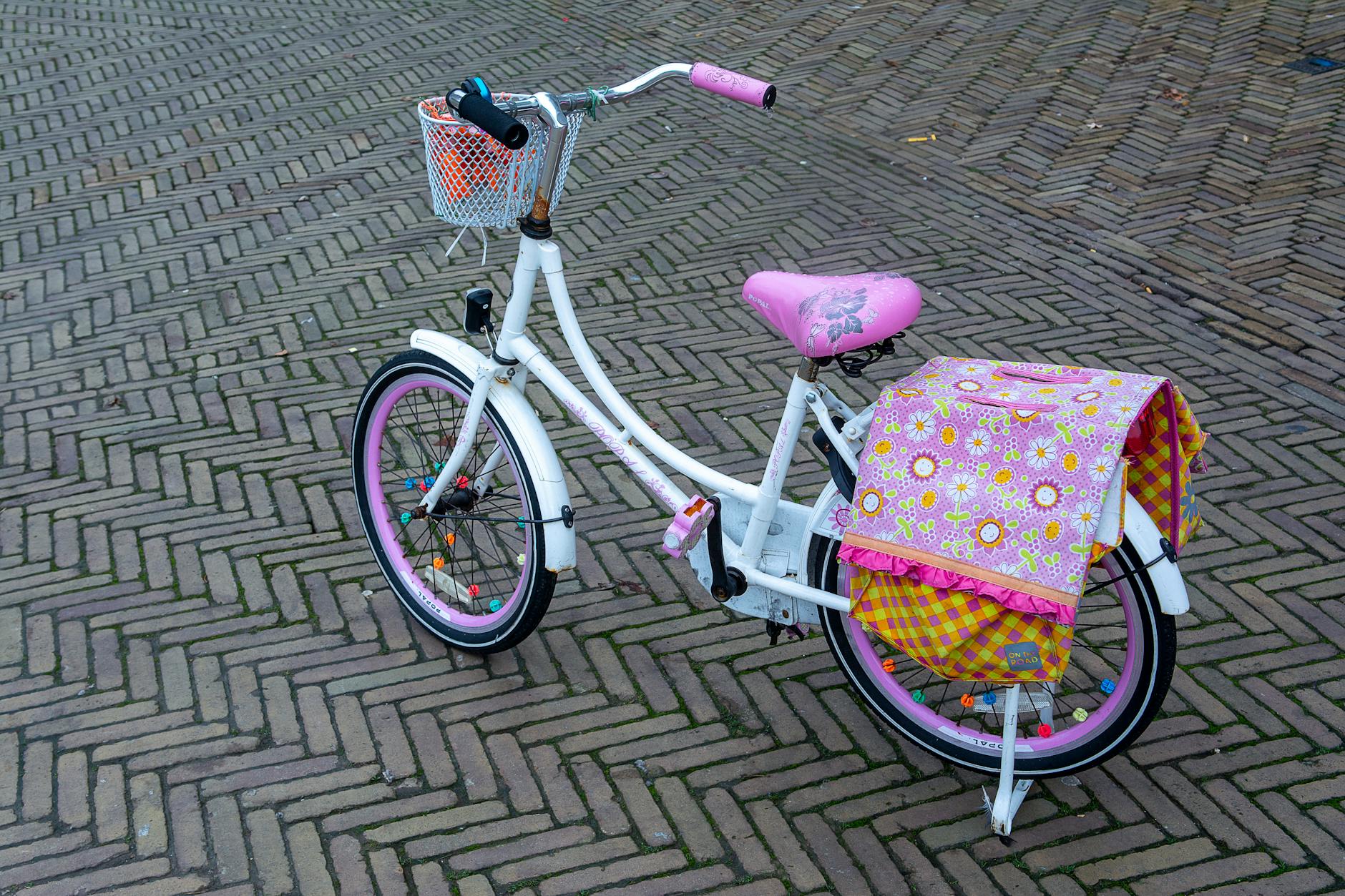Unlock the secret to finding the perfect fit for your child’s bike with our essential guide to choosing the right size!
Table of Contents
Choosing the right bike size for your child is essential for their safety and comfort while cycling. Ensuring that the bike fits properly can also help build confidence and enjoyment in riding. In this guide, we will discuss how to determine the right bike size for children, explore the best balance bikes for 2-year-olds, and provide essential safety tips for cycling with kids.
Determining the Right Bike Size for Children
When it comes to choosing the right bike size for your child, one of the most important factors to consider is their height and inseam measurement. This will help you ensure that the bike is the right fit for them and that they can reach the pedals comfortably while maintaining control.
It’s also crucial to consider the type of bike you are looking for. For younger children, balance bikes are a popular choice as they help develop coordination and balance skills before transitioning to a pedal bike. Make sure to choose a bike that is appropriate for your child’s age and skill level.
Once you have determined the right size and type of bike for your child, it’s important to ensure that the bike fits properly. This includes adjusting the seat height, handlebar position, and any other components to provide a comfortable and safe riding experience.
Best Balance Bikes for 2-Year-Olds
Balance bikes are a great way to introduce young children to cycling. These bikes, which have no pedals and allow children to push themselves along with their feet, help build confidence and improve balance skills before transitioning to a pedal bike.
When choosing a balance bike for a 2-year-old, it’s important to consider factors such as the bike’s weight, seat height, and handlebar width. Some top recommended balance bikes for 2-year-olds include the Strider 12 Sport Balance Bike, the KaZAM v2e No Pedal Balance Bike, and the Schwinn Skip 1 Balance Bike.
When selecting a balance bike for your child, make sure to choose one that is sturdy, lightweight, and easy for them to maneuver. It’s also important to consider the adjustability of the seat and handlebars to ensure a proper fit as your child grows.
Safety Tips for Cycling with Kids
Ensuring the safety of your child while cycling is paramount. One of the most important safety tips is to always make sure your child wears a properly fitting helmet. Helmets can help protect against head injuries in the event of a fall or collision.
It’s also essential to teach children cycling safety rules, such as obeying traffic signals, using hand signals to indicate turns, and staying alert and aware of their surroundings. By instilling good cycling habits from a young age, you can help ensure their safety on the road.
Choosing safe cycling routes is another crucial safety tip for cycling with kids. Opt for bike paths, parks, or quiet streets with minimal traffic to reduce the risk of accidents. Make sure to plan your route ahead of time and avoid busy roads or intersections.
Importance of Supervision and Communication
Supervising your child while cycling is essential to ensure their safety. Always keep an eye on them and provide guidance and support as needed. Establish clear communication and rules, such as staying together as a group, stopping at intersections, and signaling before turning.
By supervising your child and communicating effectively, you can help prevent accidents and ensure a positive and enjoyable cycling experience for them. Encourage open communication and listen to any concerns or questions they may have about cycling.
Conclusion
Choosing the right bike size for your child, whether it’s a balance bike for a 2-year-old or a pedal bike for an older child, is crucial for their safety and enjoyment while cycling. By following the tips outlined in this guide and prioritizing safety measures, you can help your child develop confidence and skills in cycling.
Remember to always prioritize safety by ensuring your child wears a helmet, teaching them cycling safety rules, and choosing safe cycling routes. Supervise your child while cycling and communicate effectively to ensure a positive and safe cycling experience.

